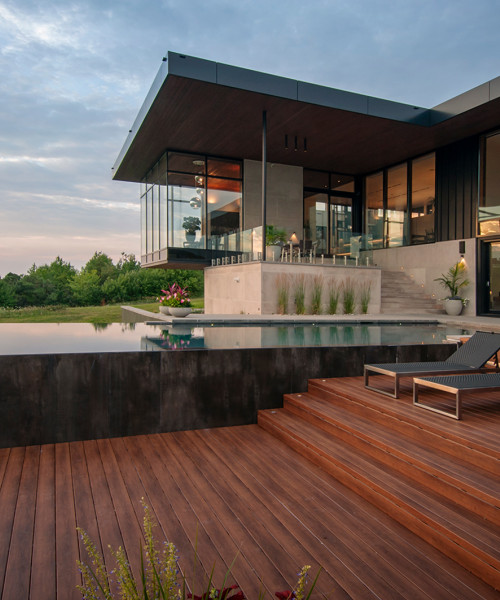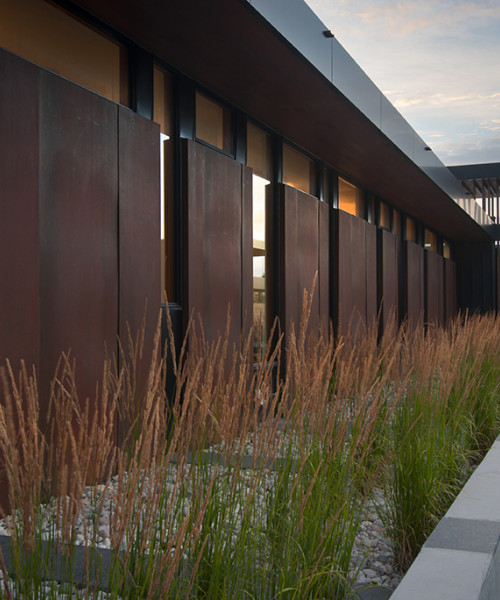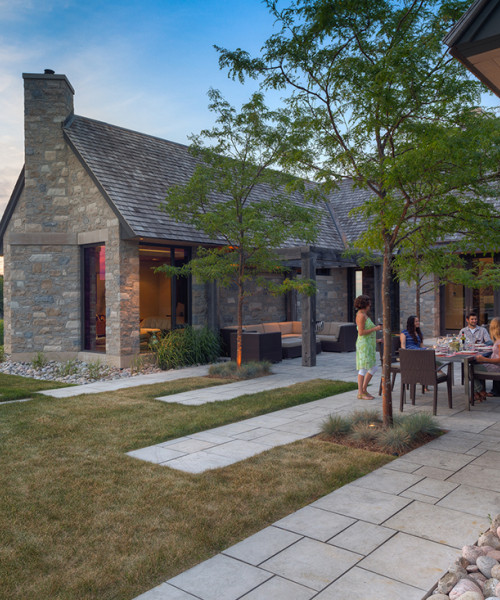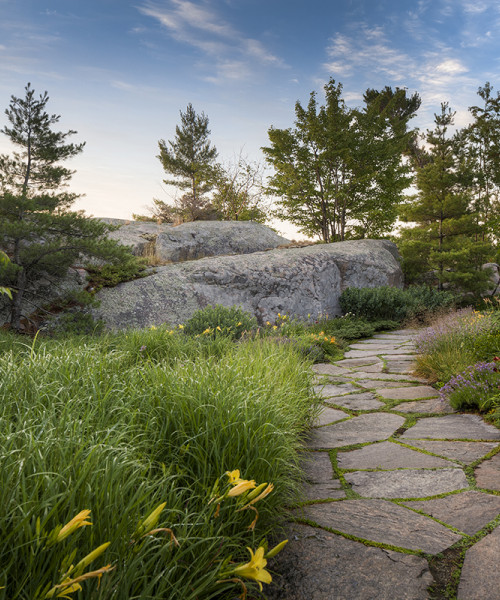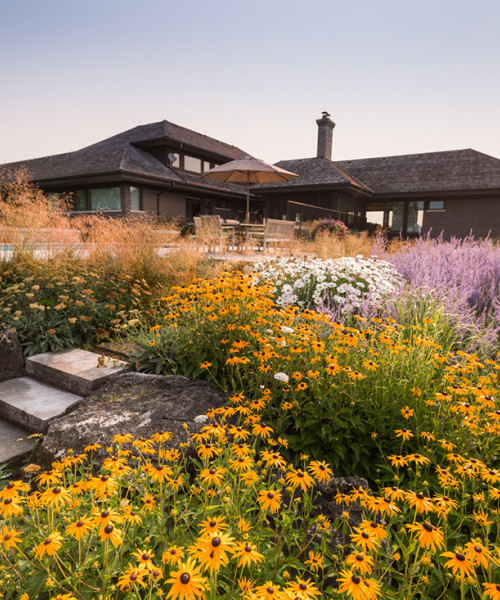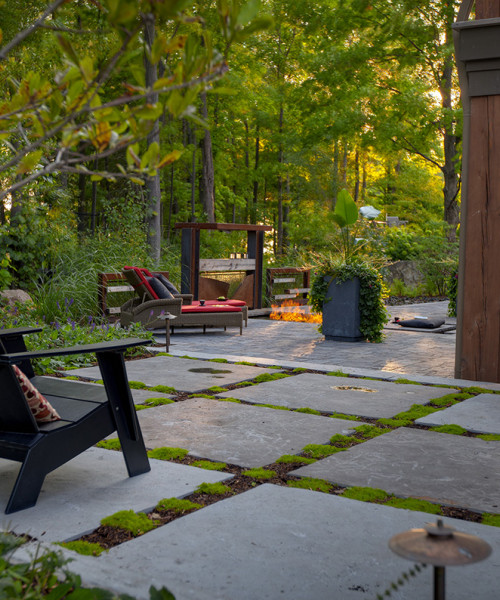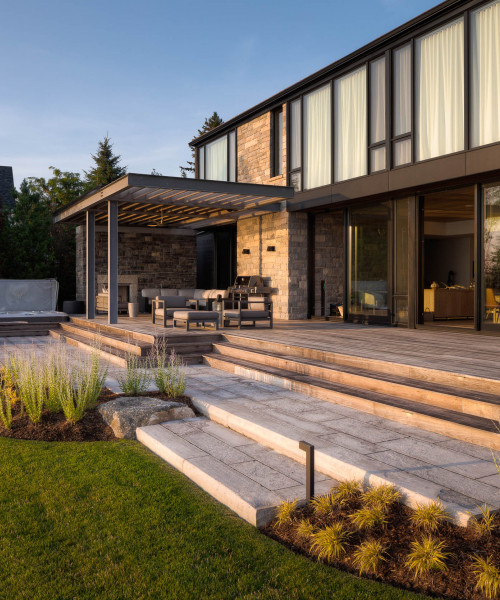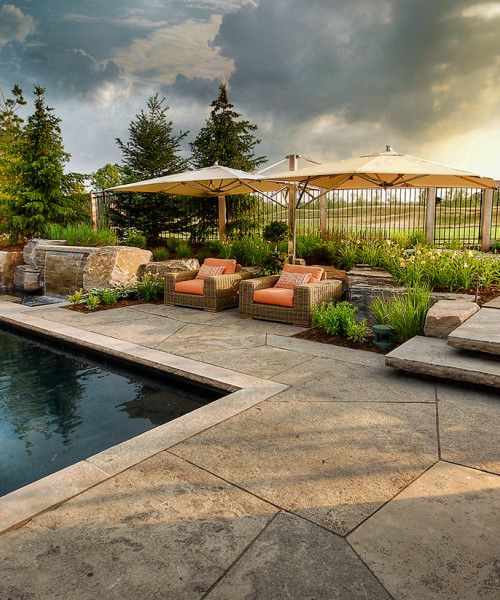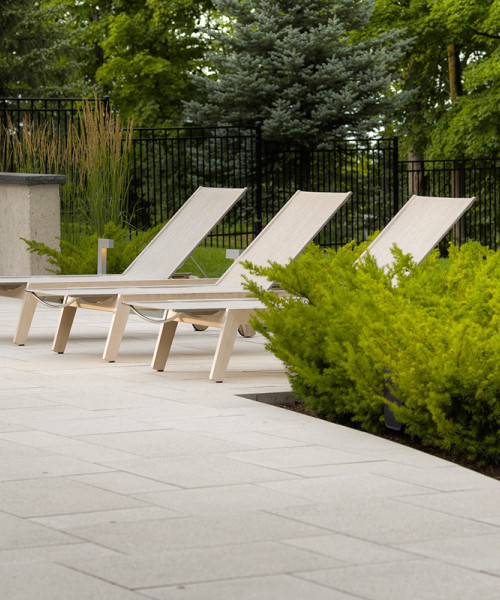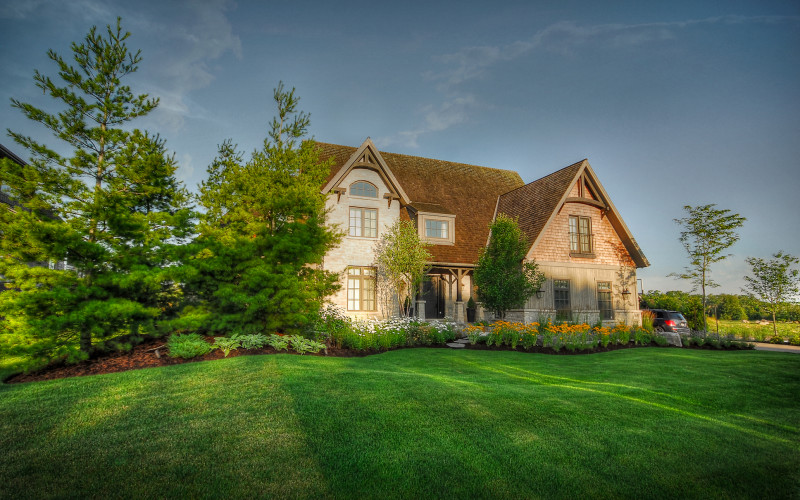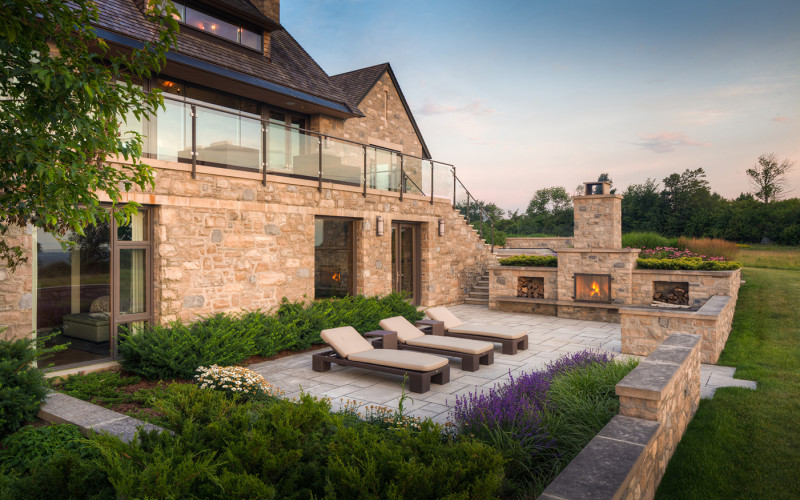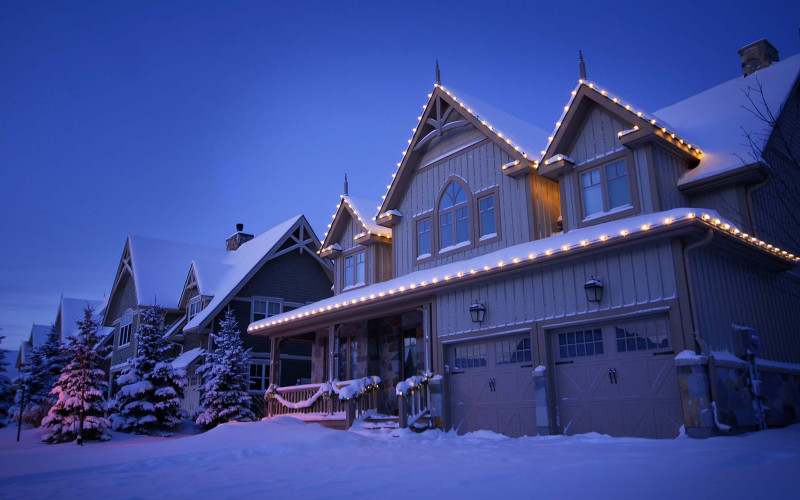Blog
Choosing the Right Landscape Design Style
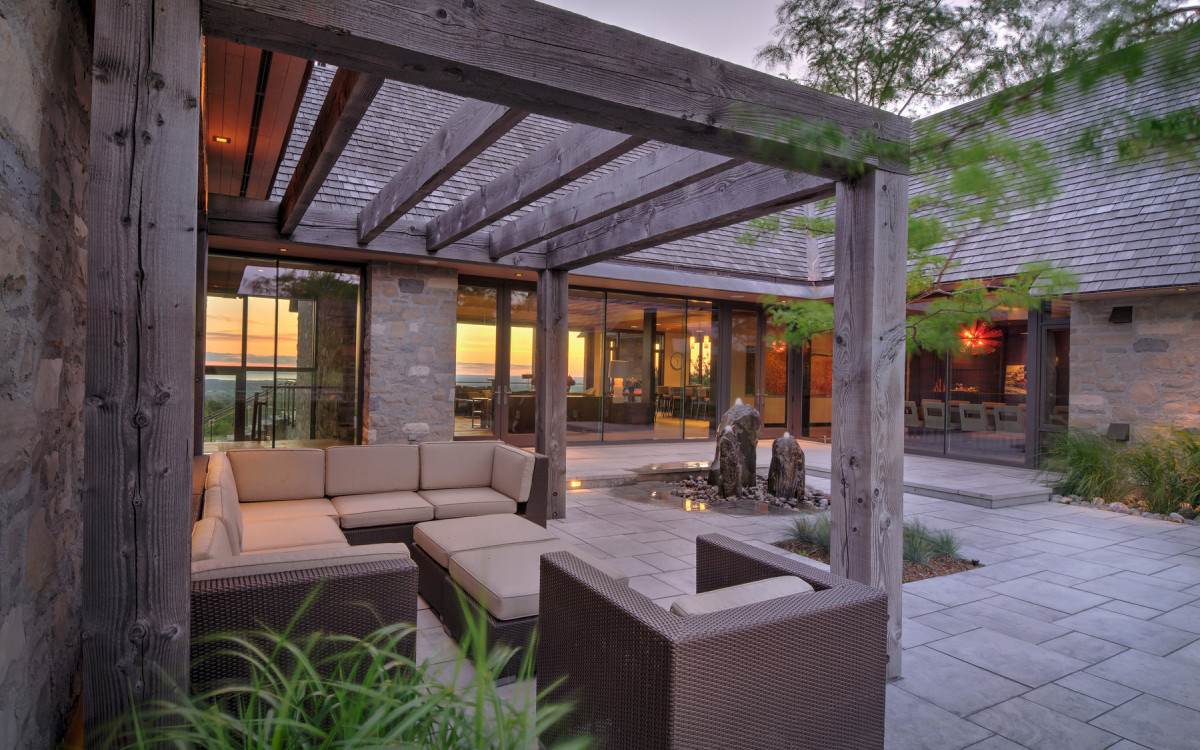
Commissioning a landscape design that celebrates your lifestyle and values is an exciting step to take. But getting to the final product may feel overwhelming.
At the Landmark Group, we’re here to ease the tension that may come from designing and constructing your dream landscape.
As you clarify your vision for your landscape, one of the first things you and your family should hone in on is the style of landscape you’re after. Determining this will help both you and your designers as they bring your vision to life.
Below are three categories of landscape designs and what you can expect from each of them. Use these keywords to search out other landscapes for inspiration. We’ve also included a healthy amount of photos from our own portfolio. Enjoy!
Modern: Clean & Contemporary
Modern landscape design is easily recognizable. Just like modern architecture, it’s minimal, clean and makes excellent use of straight lines. There are often sharp corners and hard edges for contrast.
Incorporating a philosophy of simplicity and minimalism, the driving idea behind modern landscapes is the removal of unnecessary details. The old adage “less is more” is very true here!
In modern landscapes, form follows function, meaning that the landscape should be shaped based on its intended function or purpose. In practice, this means less ornamental plants and trees, and functional hardscapes — such as patios, pools and walkways — based around an intended use.
Rustic or Naturalized: “Wild” & Organic
A good phrase to describe rustic landscapes is “organized chaos.”
More simply, the word “rustic” means “rural,” or “from the country” — these landscapes are inspired by all things natural and wild.
Rustic landscapes are relaxed in structure, using native plants and textured shrubs that reflect the randomness already present in nature. They often include edible and wildflower gardens. Hardscapes like pathways and pool coping are curvier and encourage both wandering and slowing down.
A variation of rustic design might also be called “naturalized” design. These designs are focused on a natural look with native plant choices, but take it a bit further. They are low-maintenance and eco-friendly, including pollinator gardens and rain gardens. Often that are more meditative and zen — the perfect spaces for reflection and peace.
Formal: Classic & Charming
Formal landscapes are trimmed, manicured, and meant to look clean and presentable. Many include boxwood hedges, fountains and sometimes even sculptures. These beautiful landscapes are inspired by the traditional garden aesthetic of 17th-century Europe.
Typically, there’s a clear structure in place, with a symmetrical layout that includes geometric shapes. Allées, or avenues, which are driveways or pathways with lines of trees and shrubs on each side, can be found on larger properties.
Connecting You to the Beauty of the Outdoors
While these three styles all have different aesthetic goals, they are all aligned with a single purpose — to create a beautiful landscape that can be enjoyed by its owners, their families and their friends.
Curious about the philosophy behind our design process? The video below gives an excellent overview.
At the heart of the Landmark Group’s story is a mission to connect you with the beauty of the outdoors — because outside, we see something bigger and more inspiring than ourselves. To set up your initial consultation, send us a request or call us today.
